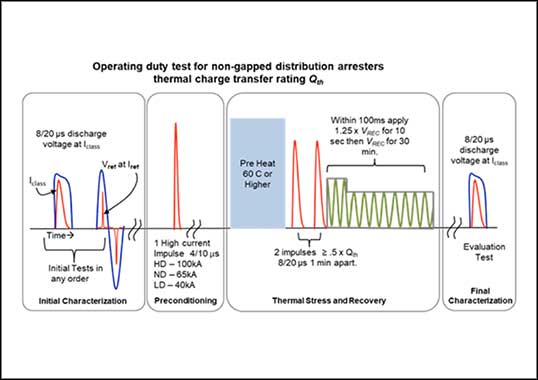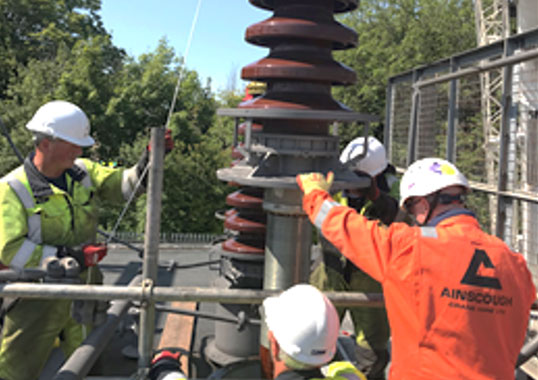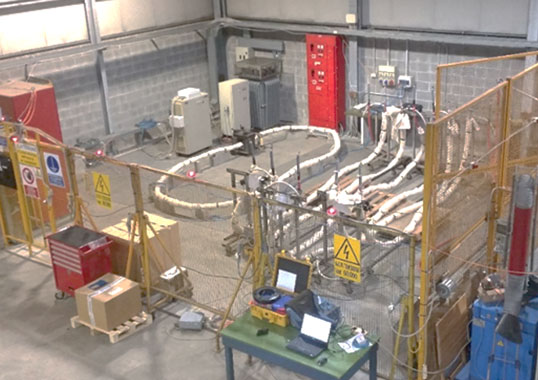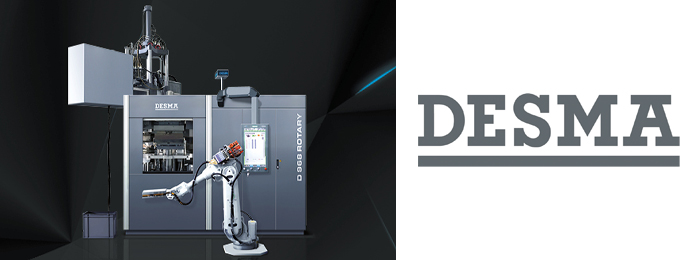Harmonizing IEC and IEEE Arrester Standards by Jonathan Woodworth
At the first IEEE Working Group meeting to create the latest revision of C62.11 in May 2013, the goal was to continue evolution of this standard toward rationale-based tests as well as to make it more in line with IEC 60099-4 by December 2018. But it soon became clear that 100 percent formal harmonization was not going to be possible. Since the formal methods available for using IEEE/IEC Dual Logo standards development process with two existing standards did not appear a reasonable path to harmonization, it was decided instead to move ahead with informal harmonization. Similar test methods were developed that could be adopted by both standards bodies in their normal cycles and organizations. To that end, there will soon be an IEEE standard whereby most of the major tests conducted in the laboratory are also useable to produce a certified IEC-based or IEEE-based test report. A secondary initial goal was to create a set of tests that apply to transmission line arresters, especially since mechanical tests applicable to this type of arrester are not covered in C62.11 and only partially in IEC 60099-4 and 8. A task force was created to address this issue and it was soon realized that the IEEE/IEC Dual Logo process could also apply here. A joint IEC/IEEE group has been working on a new line surge arrester standard that covers both non-gapped and externally gapped line arresters. This presentation reviews the status of these various joint efforts whereby the majority of IEC and IEEE arrester design tests are now becoming harmonized.









